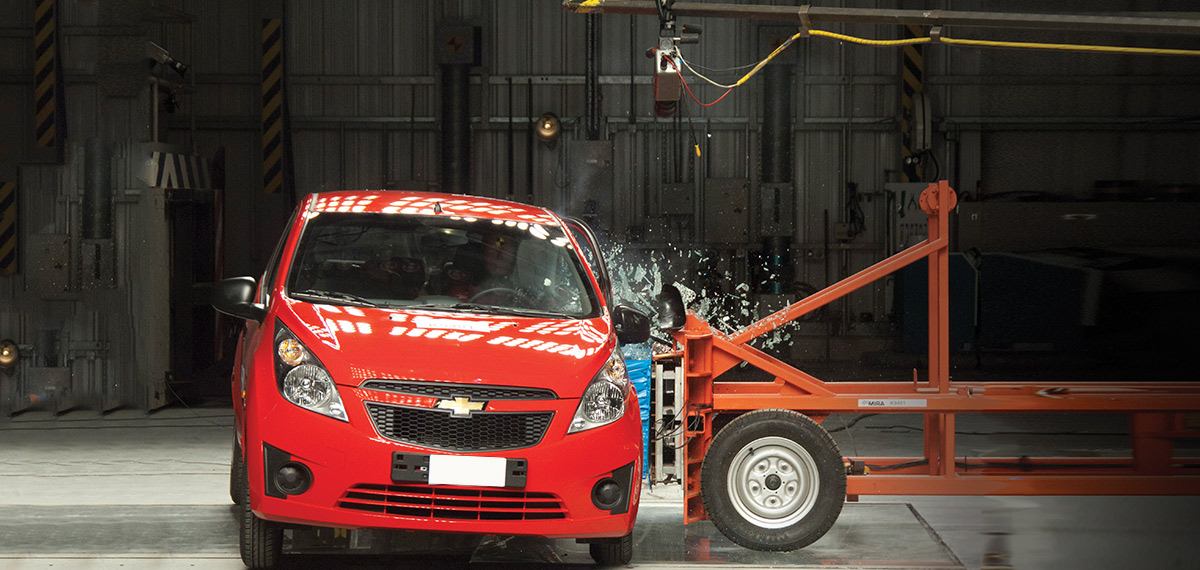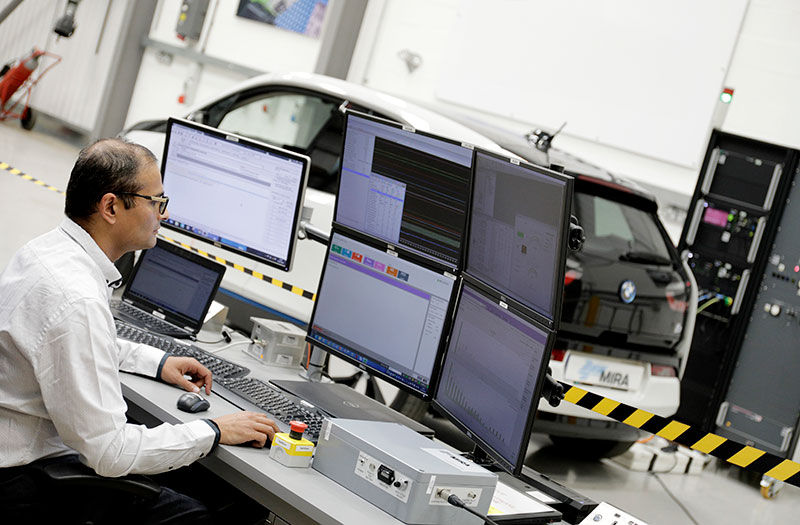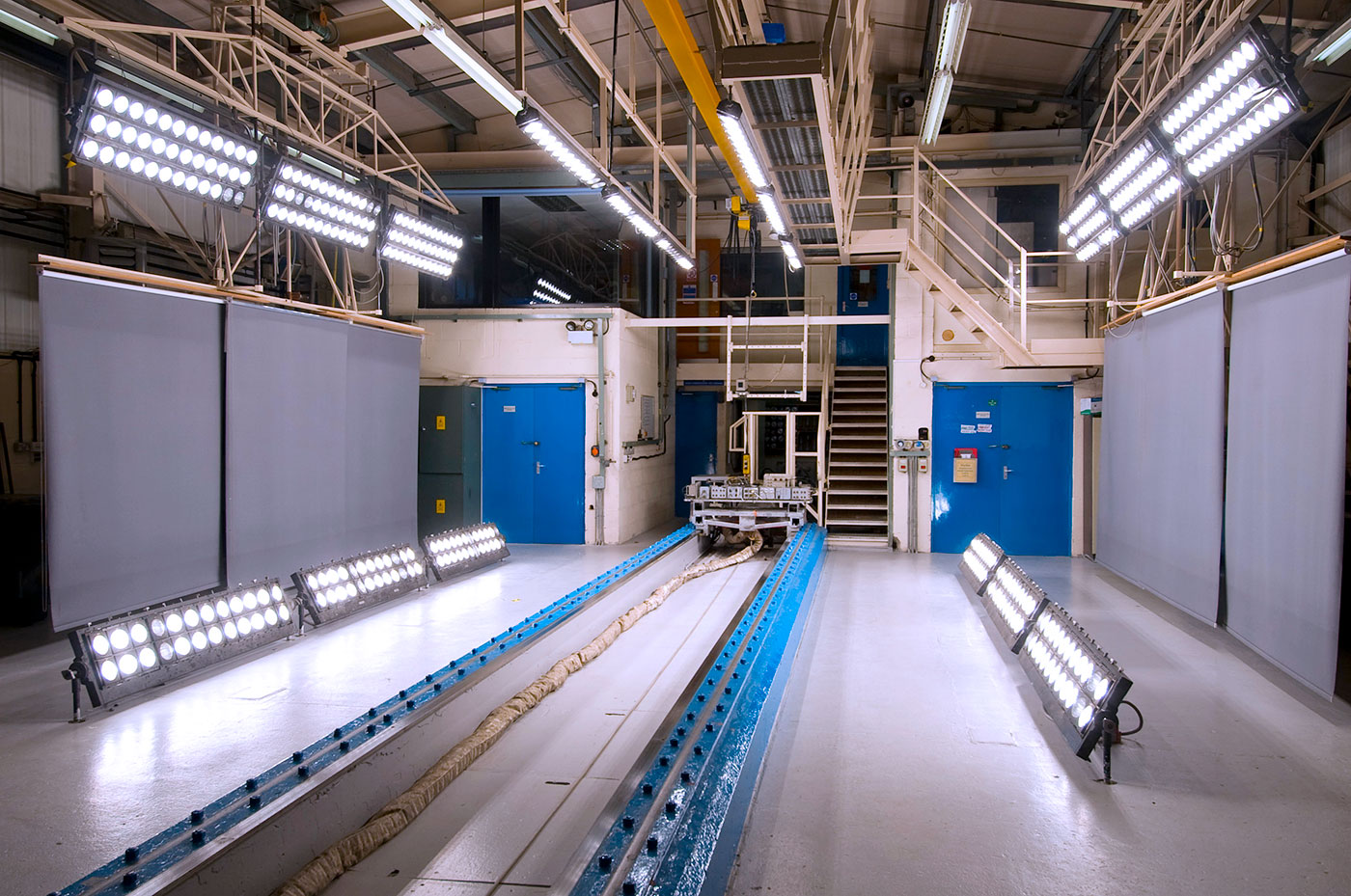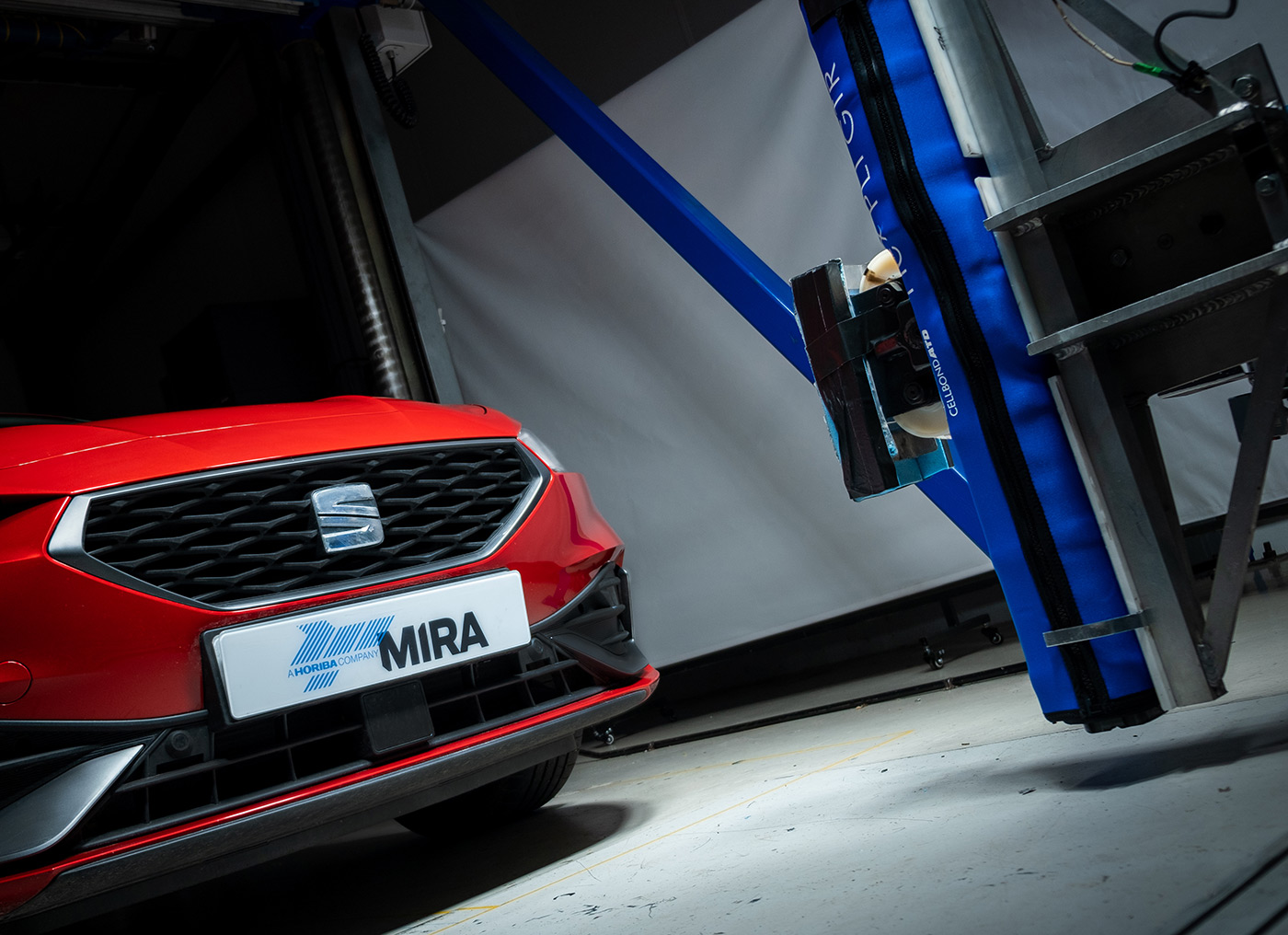
Crash testing is a critical aspect of automotive safety testing, helping to evaluate how vehicles and their occupants respond to various collision scenarios. These tests provide valuable data to improve vehicle design and safety systems.
Crash testing is a critical part of vehicle development, helping manufacturers design safer vehicles and improve occupant protection. Regulatory authorities and safety organisations often set standards and requirements for these tests to ensure that vehicles meet minimum safety levels.
The main types of crash testing for automotive vehicles include:
Frontal Impact Testing
- Moderate Overlap Frontal Test: Involves crashing a vehicle into a barrier at a set speed and angle, focusing on the front part of the vehicle.
- Small Overlap Frontal Test: Simulates a collision where only a small portion of the front of the vehicle impacts a barrier, addressing potential safety issues with off-centre collisions.
Side Impact Testing
- Side Impact Test: Simulates a vehicle being struck on the side by another vehicle or object, often at an intersection or perpendicular angle.
- Side Pole Impact Test: Models a vehicle colliding with a pole or narrow object along the side.
Rear Impact Testing
- Rear Crash Test: Evaluates how well a vehicle withstands a rear-end collision, which is common in traffic congestion.
Rollover Testing
- Dynamic Rollover Test: Involves simulating a vehicle’s behaviour during a rollover event to assess its stability and the effectiveness of the rollover protection systems.
- Static Rollover Test: Measures a vehicle’s susceptibility to tipping over by applying a sideways force to one side.
Oblique Impact Testing
- Simulates collisions at an angle between the frontal and side impact, assessing the vehicle’s structural integrity and safety systems’ performance.
Pedestrian Impact Testing
- Measures the potential injury to pedestrians struck by the front of a vehicle, evaluating the effectiveness of pedestrian protection features.
Crash Testing with Dummies
- Anthropomorphic Test Devices (ATDs), or crash test dummies, are used to simulate the response of human bodies during crashes. These dummies are equipped with sensors to measure forces and accelerations experienced by different body parts.
Child Seat and Child Restraint System Testing
- Evaluates how well child seats and restraints protect young passengers during a crash.
Crash Test Simulations
- Computational simulations using advanced software can model crash scenarios and predict how vehicles and occupants will respond to different collision conditions.
Post-Crash Analysis
- After a crash test, vehicles are examined to assess structural damage, occupant safety, and the performance of safety systems such as airbags and seat belts.
Speak to an Expert
If you would like to discuss your testing requirements with one of our experts, please send us a message and we will contact you as soon as possible.
Passive Safety Testing
Book a Test
Our Customer Services Team are able to facilitate your booking and answer any questions you may have about our capabilities and facilities.
Our Customer Services Team are able to facilitate your booking and answer any questions you may have about our capabilities and facilities.
Test Details
No results found
Find a Test
Search by:
Applications
Vehicle type / industry
Business Area
Delivery Location
Find a Test


